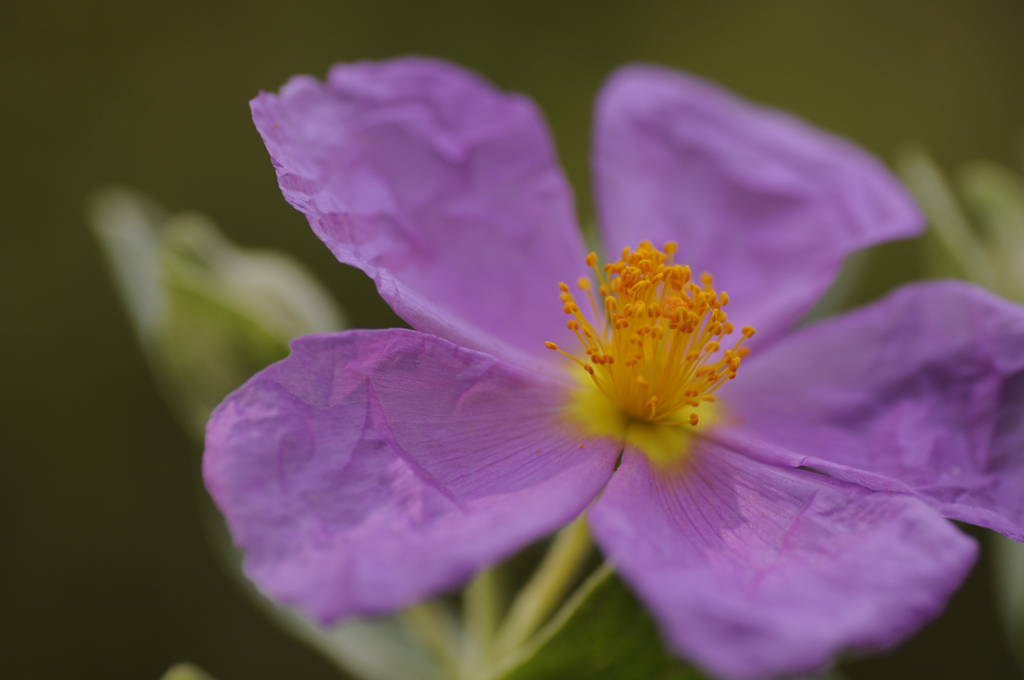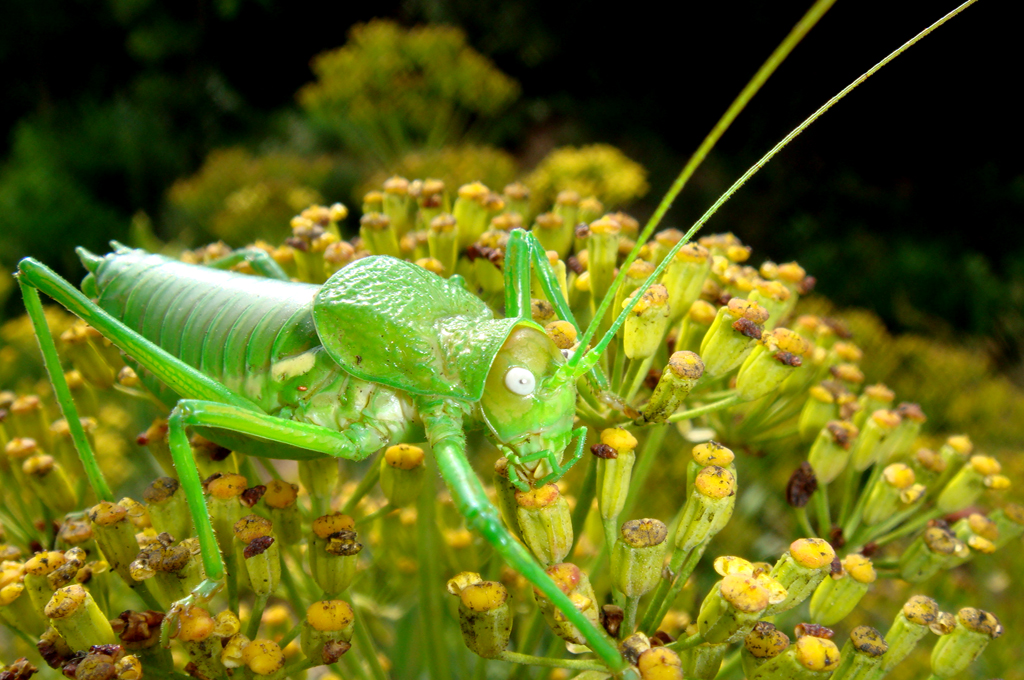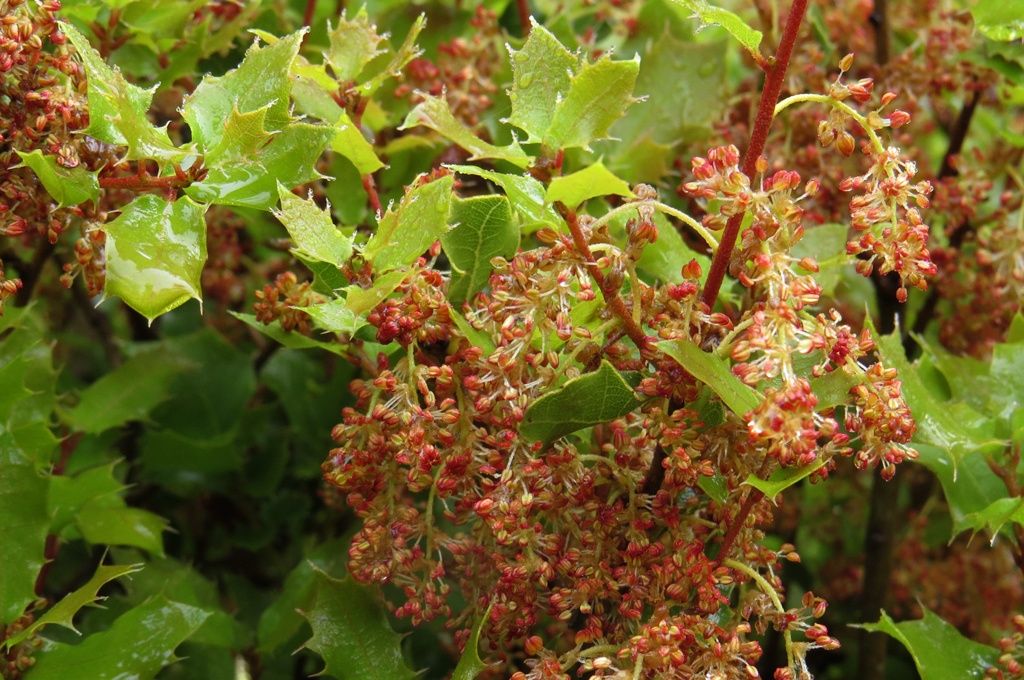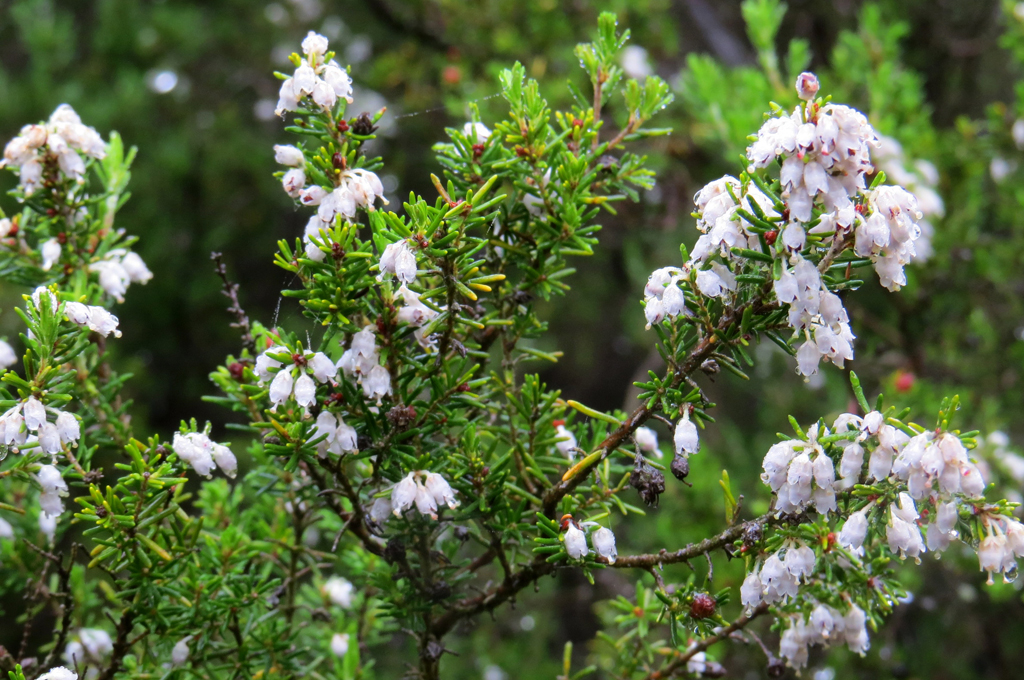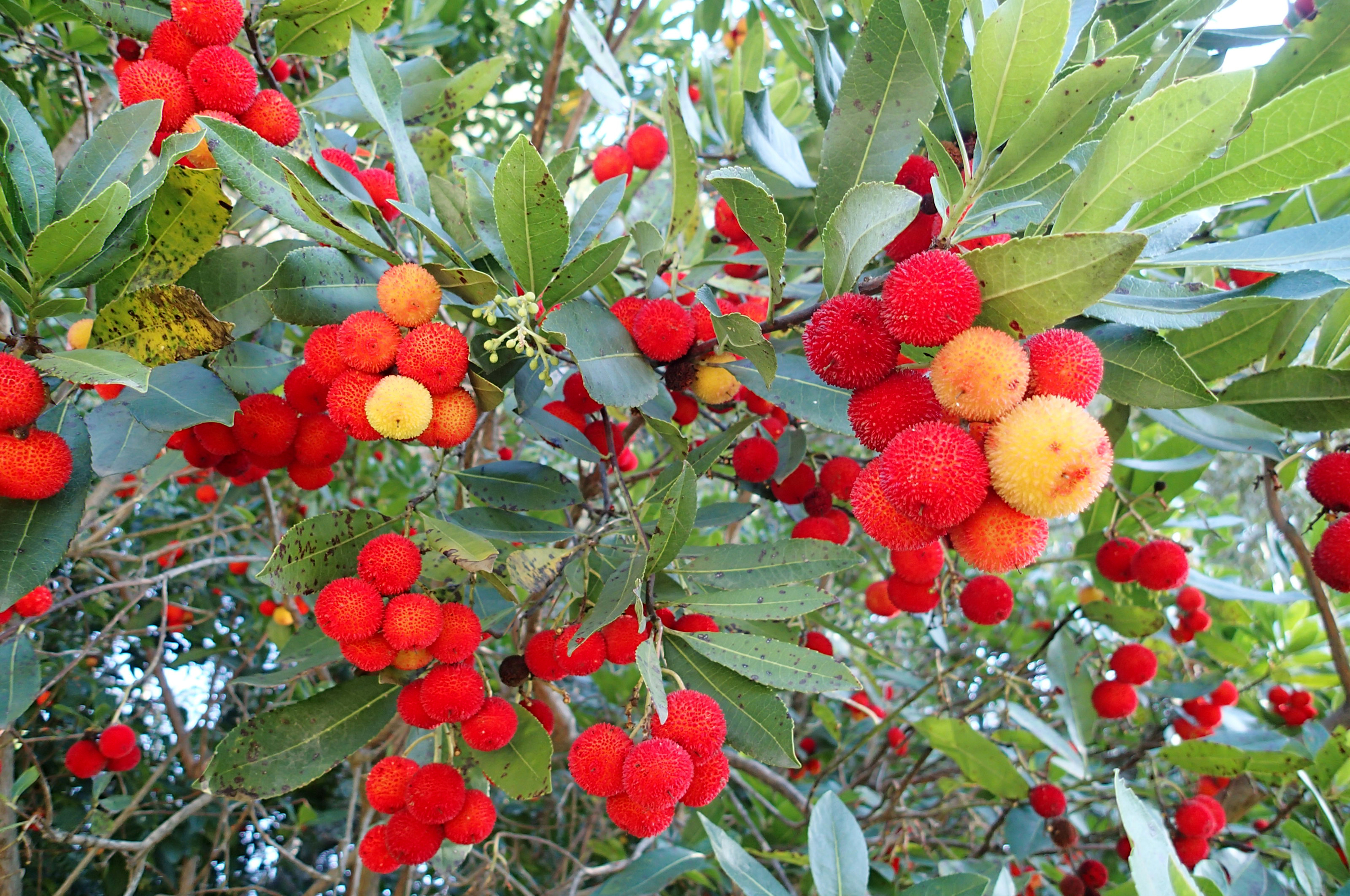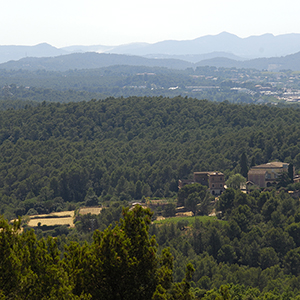After the holm oak and pine forests, the most representative plant formations in the park are maquis, garrigue and scrub, which are different types of brushwood, shrub formations that move in following the destruction of other, more mature forest formations, or which establish themselves in meadows that are no longer disturbed by human activity.
The environmental role played by these shrub communities is essential as they serve to slow the advance of rainwater, provide protection from the sun, and as a refuge for fauna.
Maquis
Maquis shrubland is a virtually impenetrable biome typical of the Mediterranean landscape. The plants here are evergreen and grow up to a maximum of 3 metres high.
In Collserola, we find maquis of heather (Erica arborea) and strawberry tree (Arbutus unedo), which grow back vigorously after a forest fire or land clearance and which can be reach sizeable numbers. The holm oak (Quercus ilex), kermes oak (Quercus coccifera), the Quercus cerrioides species of oak and shrubby hare’s ear (Bupleurum fruticosum) have also established a considerable presence here. In addition, we find creepers and climbers such as common smilax (Smilax aspera), evergreen honeysuckle (Lonicera implexa) and fragrant virgin’s bower (Clematis flammula), which wind their way up the shrubs and make it even more difficult to get through.
Garrigue
Garrigue is a shrubby scrubland made up of low-growing plants that in general is below 1 metre in height, making it lower than maquis. The dominant species is kermes oak (Quercus coccifera) which, even though it is in fact a small tree, is always found as a shrub in Catalonia.
As in the case of maquis shrubland, garrigue (Quercetum cocciferae) is an intermediate state that derives from the degradation of coastal holm oak forests caused by land clearances or fires. Kermes oak forms dense masses that make it difficult for light to reach the ground and hence does not allow a herbaceous stratum to develop.
Garrigue generally grows on limey substrates. In Collserola, this type of shrubland is not widely found, being concentrated in the area around Turó Rodó and Turó Coscollera, and around Puig d’Olorda, where limestone is found. It is normal, therefore, for garrigue to be often associated with species found in lime-rich scrub, such as rosemary (Rosmarinus officinalis) and lentiscus (Pistacia lentiscus),
Scrub
Scrub is a plant community that grows up to 1 metre high, so it is lower-growing than maquis. It varies in density and grasses still play an important role in it. It is dominated by the Cisto-Sarothamnetum catalaunici association when the substrate is siliceous in composition.
Scrubland is a good example of the ability of plants to adapt to extremely arid conditions. The predominant species are cistus (Cistus sp), tree heather (Erica arbórea), gorse (Ulex parviflorus) and thorny broom (Calicotome spinosa).
These small patches of scrub situated in areas exposed to the sun provide the perfect conditions for pines to germinate. In these spots, it is easy to understand how vegetation evolves towards more complex and stable forests.


